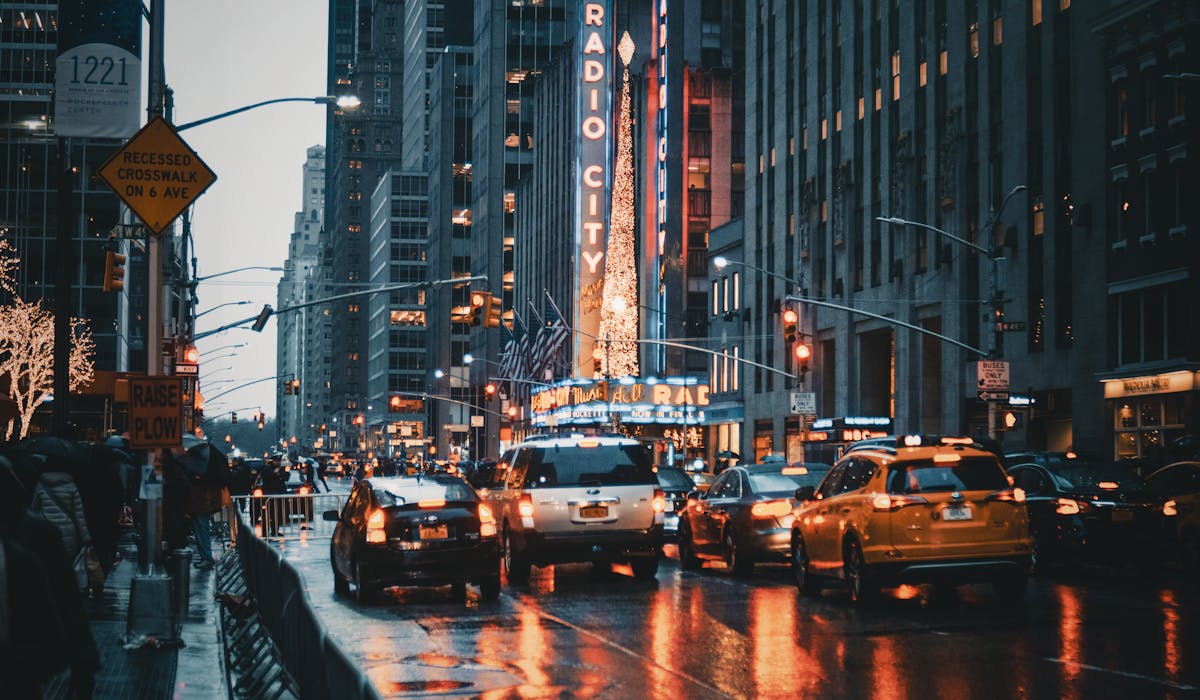The Buzz on Framing Streets
Table of ContentsThe Buzz on Framing StreetsGetting My Framing Streets To WorkThe Ultimate Guide To Framing Streets7 Simple Techniques For Framing StreetsAll about Framing StreetsAn Unbiased View of Framing Streets
Digital photography genre "Crufts Dog Program 1968" by Tony Ray-Jones Street digital photography (likewise in some cases called candid photography) is digital photography performed for art or inquiry that features unmediated chance experiences and arbitrary incidents within public places, generally with the aim of catching images at a definitive or touching moment by mindful framework and timing. 
About Framing Streets
Susan Sontag, 1977 Street digital photography can concentrate on individuals and their behavior in public. In this respect, the street digital photographer is similar to social docudrama professional photographers or photographers that also function in public areas, however with the purpose of recording newsworthy events. Any one of these professional photographers' images might capture people and residential or commercial property noticeable within or from public locations, which commonly involves browsing ethical issues and legislations of personal privacy, protection, and building.
Representations of daily public life form a genre in virtually every period of globe art, beginning in the pre-historic, Sumerian, Egyptian and very early Buddhist art periods. Art managing the life of the road, whether within views of cityscapes, or as the dominant concept, shows up in the West in the canon of the Northern Renaissance, Baroque, Rococo, of Romanticism, Realistic look, Impressionism and Post-Impressionism.
Framing Streets Can Be Fun For Anyone
Louis Daguerre: "Boulevard du Holy place" (1838 or 1839) In 1838 or 1839 the first picture of numbers in the street was taped by Louis-Jacques-Mand Daguerre in one of a pair of daguerreotype views drawn from his workshop home window of the Blvd du Holy place in Paris. The second, made at the height of the day, reveals an unpopulated stretch of road, while the various other was taken at about 8:00 am, and as Beaumont Newhall reports, "The Blvd, so regularly full of a relocating throng of pedestrians and carriages was completely solitary, other than a person who was having his boots cleaned.
His boots and legs were well specified, however he is without body or head, due to the fact that these were in motion." Charles Ngre, waterseller Charles Ngre. https://www.find-us-here.com/businesses/Framing-Streets-Miami-Florida-USA/33970134/ was the very first digital photographer to obtain the technological class needed to register people in motion on the street in Paris in 1851. Digital Photographer John Thomson, a Scotsman functioning with reporter and social lobbyist Adolphe Smith, published Street Life in London in twelve monthly installments beginning in February 1877
Framing Streets Things To Know Before You Get This
Eugene Atget is considered a progenitor, not because he was the initial of his kind, yet as a result of the popularisation in the late 1920s of his document of Parisian roads by Berenice Abbott, that was inspired to embark on this post a comparable documents of New York City. [] As the city developed, Atget helped to advertise Parisian streets as a worthy topic for digital photography.

Unknown Facts About Framing Streets
Martin is the very first recorded digital photographer to do so in London with a disguised electronic camera. Mass-Observation was a social research study organisation started in 1937 which aimed to videotape everyday life in Britain and to tape the responses of the 'man-in-the-street' to King Edward VIII's abdication in 1936 to marry divorce Wallis Simpson, and the sequence of George VI. In between 1946 and 1957 Le Groupe des XV yearly displayed job of this kind. Andre Kertesz. Circus, Budapest, 19 May 1920 Road photography created the significant web content of two exhibits at the Museum of Modern Art (Mo, MA) in New york city curated by Edward Steichen, 5 French Digital Photographers: Brassai; Cartier-Bresson, Doisneau, Ronis, Izis in 1951 to 1952, and Post-war European Digital Photography in 1953, which exported the concept of street photography globally.

Rumored Buzz on Framing Streets
The recording device was 'a surprise cam', a 35 mm Contax concealed under his coat, that was 'strapped to the breast and attached to a long wire strung down the right sleeve'. His job had little modern impact as due to Evans' sensitivities regarding the originality of his job and the privacy of his topics, it was not published until 1966, in the publication Numerous Are Called, with an introduction composed by James Agee in 1940.
Helen Levitt, then an instructor of young kids, linked with Evans in 193839. She recorded the temporal chalk illustrations - Street photography hashtags that belonged to youngsters's road society in New york city at the time, in addition to the kids who made them. In July 1939, Mo, MA's new photography area consisted of Levitt's operate in its inaugural exhibitRobert Frank's 1958 publication,, was significant; raw and commonly out of focus, Frank's pictures questioned conventional digital photography of the moment, "challenged all the formal rules laid down by Henri Cartier-Bresson and Walker Evans" and "flew in the face of the wholesome pictorialism and genuine photojournalism of American publications like LIFE and Time".